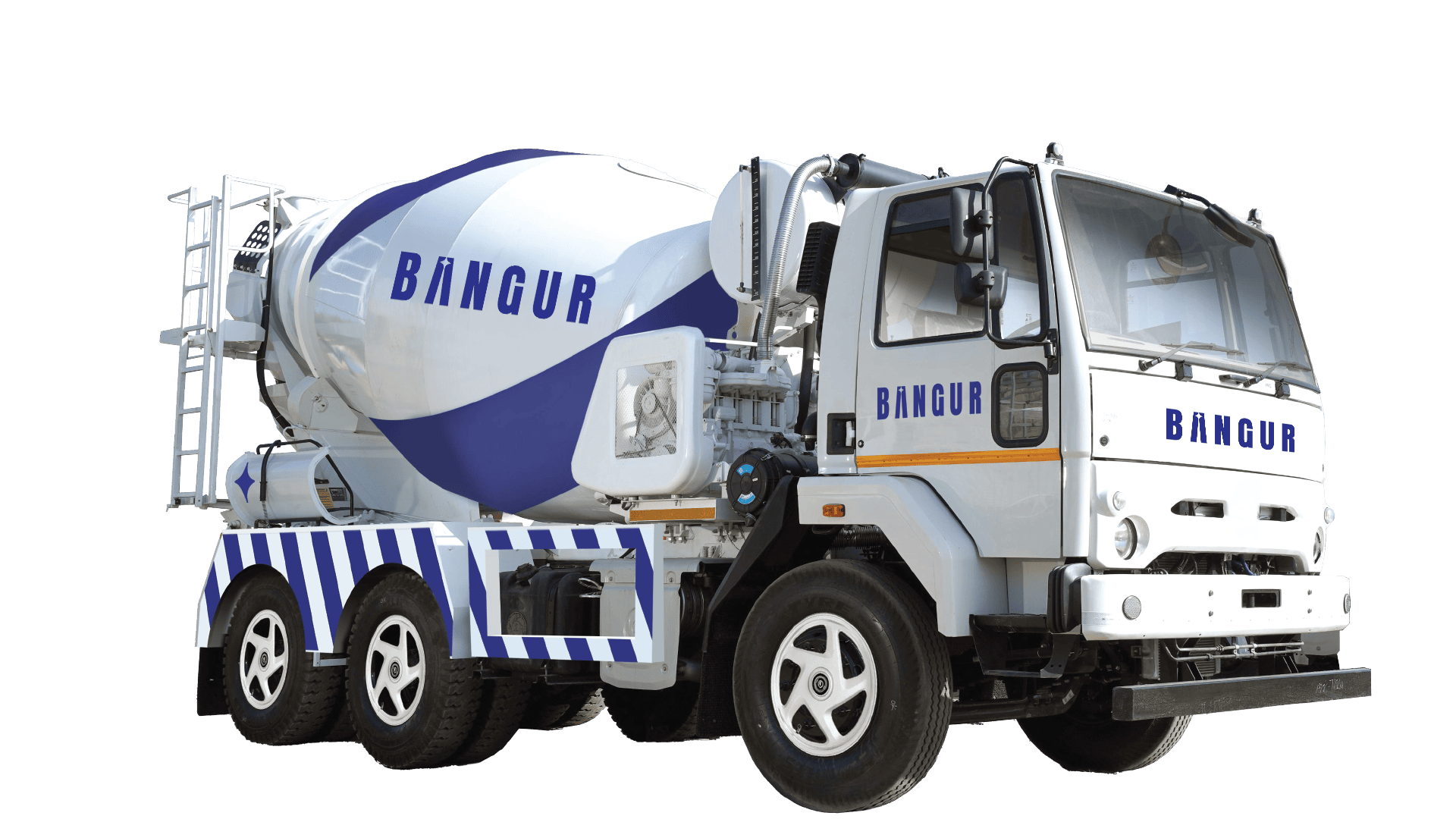
A Simple Guide To Pier Foundations: Uses, Advantages and Disadvantages
- Sep 25
- 4 min read
A building stands only as well as its foundation. Engineers choose among many types of foundations so each project remains stable, safe, and durable for its site. Where near-surface soils are weak or conditions are unusual, a Pier Foundation carries loads to stronger layers below while keeping the superstructure raised. Understanding the Types of Pier Foundation helps align design choices with soil behavior and project goals.
What is a Pier Foundation?
A Pier Foundation is a deep foundation formed by long cylindrical columns (piers) installed vertically into the ground. Pier tops project above Ground Level to support beams or slabs, leaving clear space beneath for ventilation or flood clearance. They can function as stand-alone supports arranged at regular intervals beneath the superstructure. By transferring loads past problematic surface soils to denser strata or bedrock, piers reduce settlement risk. Piers are commonly built in concrete or stone.
Pier foundations are a type of deep foundation used to support structures by transferring their load to deeper, more stable soil or rock layers. They are especially useful in areas with poor surface soil conditions or where the load needs to be concentrated at specific points.
Types of Pier Foundation
Below are widely used categories in building and infrastructure projects:
Masonry Pier
Bricks, stones, or concrete blocks; sometimes lightly reinforced. Suitable where sound masonry materials are available and loads are moderate. They are typically rectangular or square in shape.
Concrete Pier
Reinforced concrete for high strength and durability with low upkeep. Applicable to a wide range of buildings with medium to heavy loads. They may be cast in situ or precast concrete.
Drilled Caisson or Pier
Deep drilled shafts that take heavy vertical loads into competent soil or rock. Preferred where high bearing capacity is needed. Suitable for large buildings and bridges. They can be straight shaft or belled (widened at the base).
Timber Pier
Treated timber, often tied with steel rods. Typical for light or temporary structures in areas with good natural bearing; faster but less durable.
Steel Pier
Steel pipe sections are driven or drilled into firm soil or rock. Effective in weak or soft ground and for heavy industrial loads; corrosion protection is essential.
Classification Based on Construction Method
Cast-in-situ Piers: Constructed on-site by pouring concrete into drilled holes.
Precast Piers: Made in a factory and transported to the site.
Advantages and Disadvantages
When shallow options are constrained by soil or access, piers offer clear benefits, but there are also some disadvantages. Let’s look at both the pros and cons of pier foundations:
Advantages:
Best for Low Strength Soils: Enables building on locations with weak, expansive, or fluctuating soils.
Minimizes Site Disturbance: Existing landscape stays largely untouched; less excavation.
Adaptable to Challenging Sites: Works on slopes, restricted access areas, or where subterranean features exist.
Cost-Effective in Specific Situations: Can be more economical than extensive soil remediation or deep excavations for shallow footing systems.
Disadvantages:
Requires Specialized Equipment and Skilled Labor: Installation needs heavy machinery and trained crews.
Danger of Settlement if Poorly Designed: Inadequate design or construction can cause differential settlement.
Time-Consuming Installation: Installing discrete piers can take longer than some shallow solutions.
Applications of Pier Foundation
Residential: Homes on steep terrain or in flood-prone areas needing elevation and bypass of weak topsoil.
Bridges and infrastructure: Water crossings and soft-ground approaches using drilled caissons bearing in dense soils or bedrock.
Industrial facilities: Heavy equipment bases and vibration-sensitive areas where isolated supports manage loads and dynamics.
Commercial developments: Urban sites with limited excavation space; piers reduce impact on adjacent structures.
Retrofitting and underpinning: Extra support for existing buildings facing subsidence or new loads; also suitable for environmentally sensitive locations.
Selecting and detailing a Pier Foundation is central to the safety and cost of construction. Piers perform well in difficult ground while limiting site disturbance and delivering reliable load paths, provided experienced structural and geotechnical teams design and execute the work.


